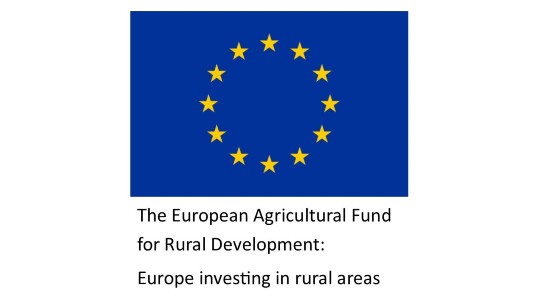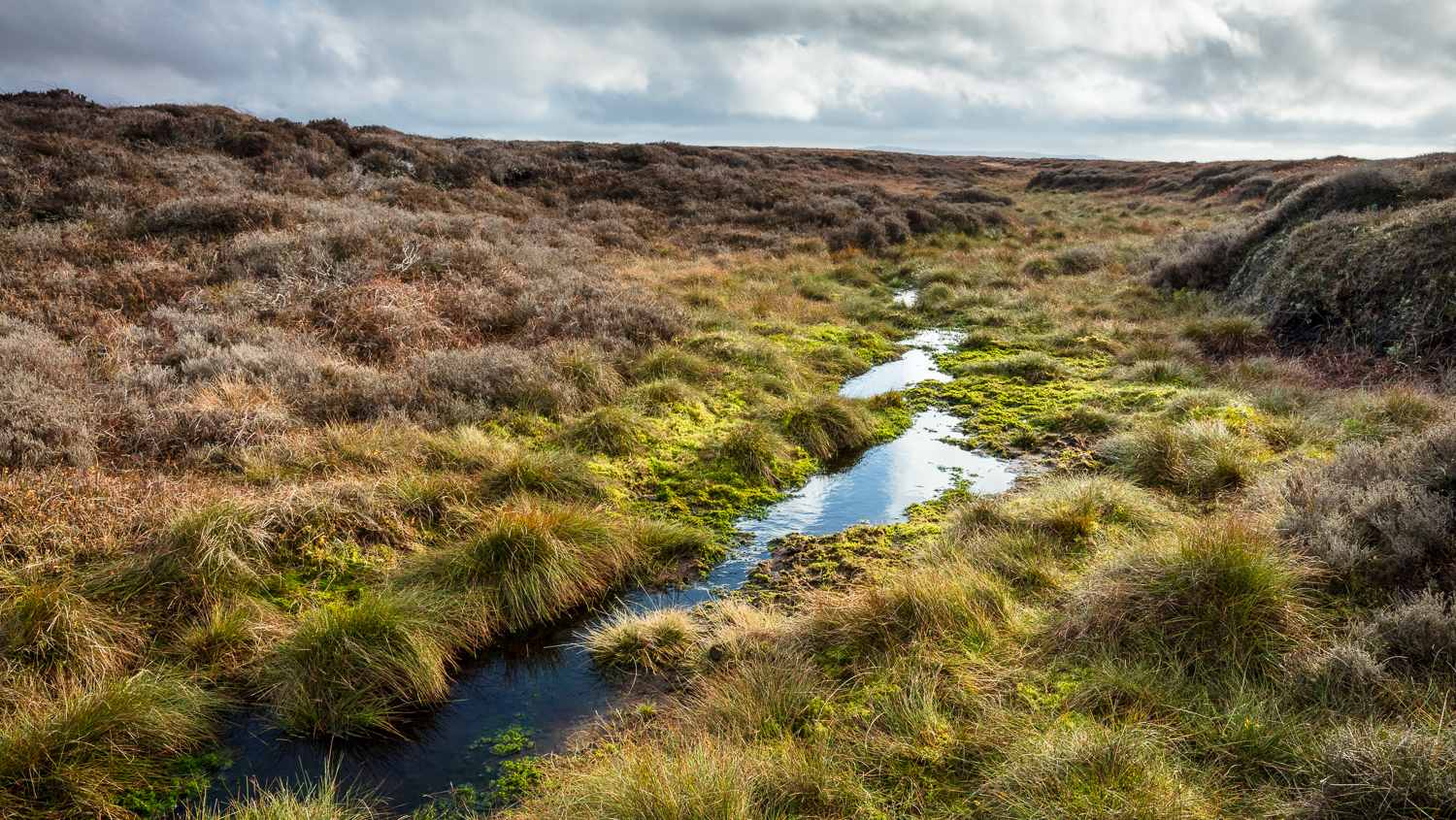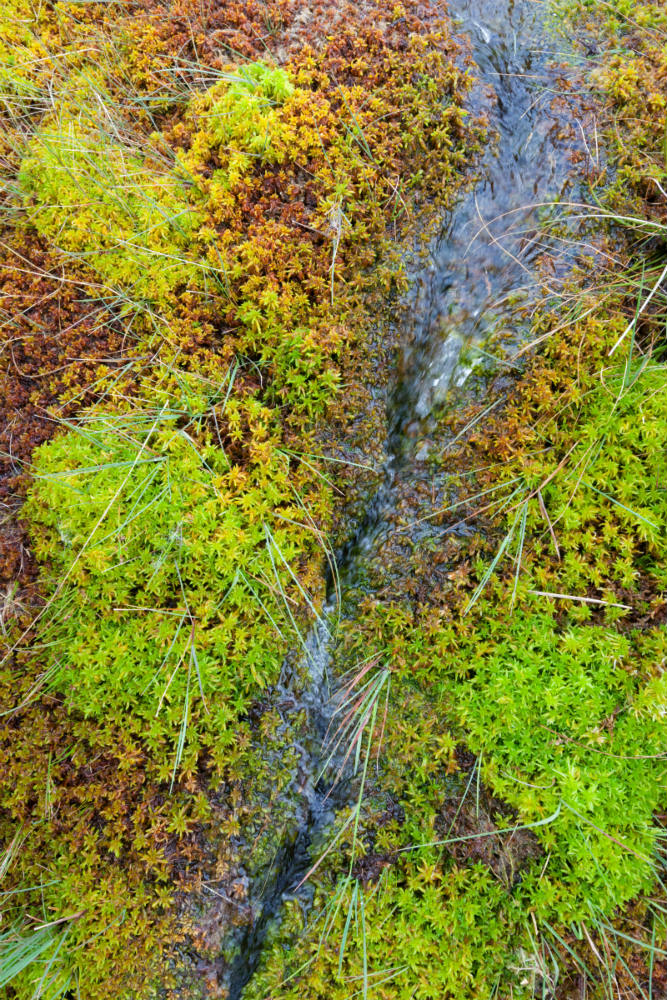This is a 36-month project to improve the biodiversity of the South Pennine Moors SAC
Under the project, the Partnership will construct 7800 gully blocks and plant 400 hectares of sphagnum
The project is part funded by the European Agricultural Fund for Rural Development
Under the Water Environment Grant (WEG) scheme, the Partnership has received grant funding from Natural England for Building Blocks – Next Steps in Gully Blocking
Project start date: August 2018
Project end date: March 2022
Building Blocks – Next Steps in Gully Blocking is a 36-month project to continue restoration works to address the biodiversity in the South Pennine Moors SAC, improve the condition of the blanket bogs and reduce water discolouration.
The South Pennine Moors Special Area of Conservation (SAC) and Special Protection Area (SPA) includes the major moorland blocks of the South Pennines from Ilkley in the North to Leek and Matlock in the South. It covers extensive tracts of semi-natural moorland habitats including upland heath and blanket mire. The diverse mosaic of habitats contributes greatly to ornithological interests, which includes birds of prey and waders.
Read: Hydrological analysis to prioritise gully block locations
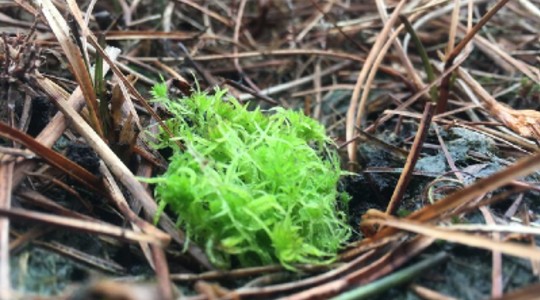
Under the project, the Patnership will:
- construct 7800 gully blocks; and
- plant 400 hectares of sphagnum
This project will inform the Partnership’s work going forward, leading to a prioritised list of the next 100,000 gully blocks to be installed, and taking this important work into the future.
Building Blocks webinar: PART 1
Speakers:
Chris Dean (head of programme delivery at Moors for the Future Partnership): Why Building Blocks? The history of the Partnership and the scale of the problem we faced working with the most degraded landscape in Europe.
Dr David Chandler (science programme manager at Moors for the Future Partnership): The science behind the project and working with Newcastle University.
Matt Scott-Campbell (conservation programme manager at Moors for the Future Partnership): Why we took on the project; importance of the project as a blueprint for future work.
Building Blocks webinar:PART 2
Speakers:
Laura Ashley-Winter (project manager at Moors for the Future Partnership): Outlining the process: taking on landscape-scale projects in partnership.
Dr Sam Dixon (Senior GIS officer at Moors for the Future Partnership): How we did it; the hydrological modelling.
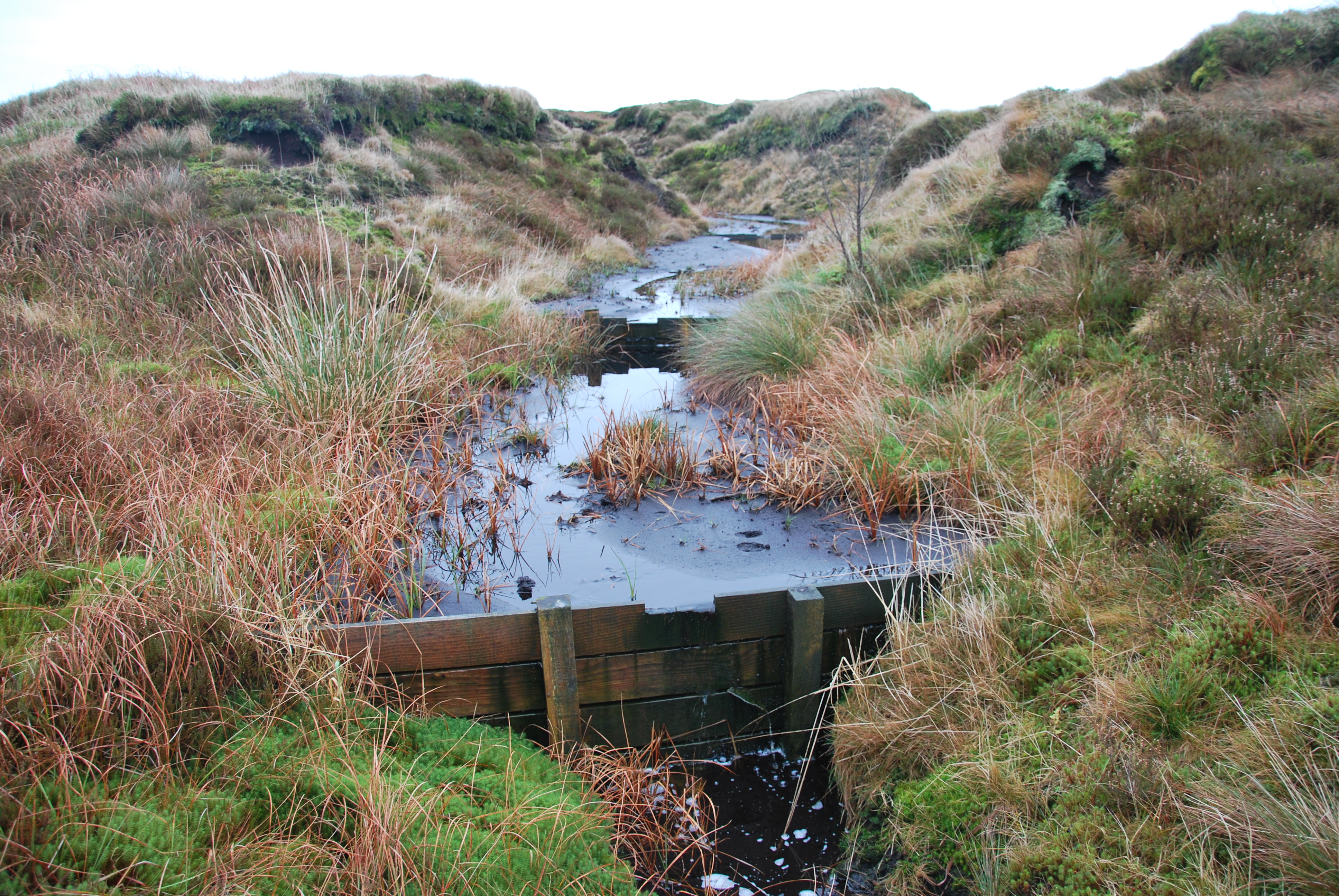
The hydrological integrity of the blanket bog habitat in the SAC has been adversely affected by a range of factors; principally historic air pollution, wild fires and land use / management practices. This has led to:
- areas of bare and eroding peat
- surface gullying and sub-surface peat pipes
- loss of peat forming species
- lowered water tables
- altered hydrology.
Since 2003, projects undertaken by Moors for the Future Partnership have installed over 30,500 gully blocks including timber, stone, peat and heather dams, to slow water run-off; often alongside planting of sphagnum moss, the essential bog-building vegetation.
